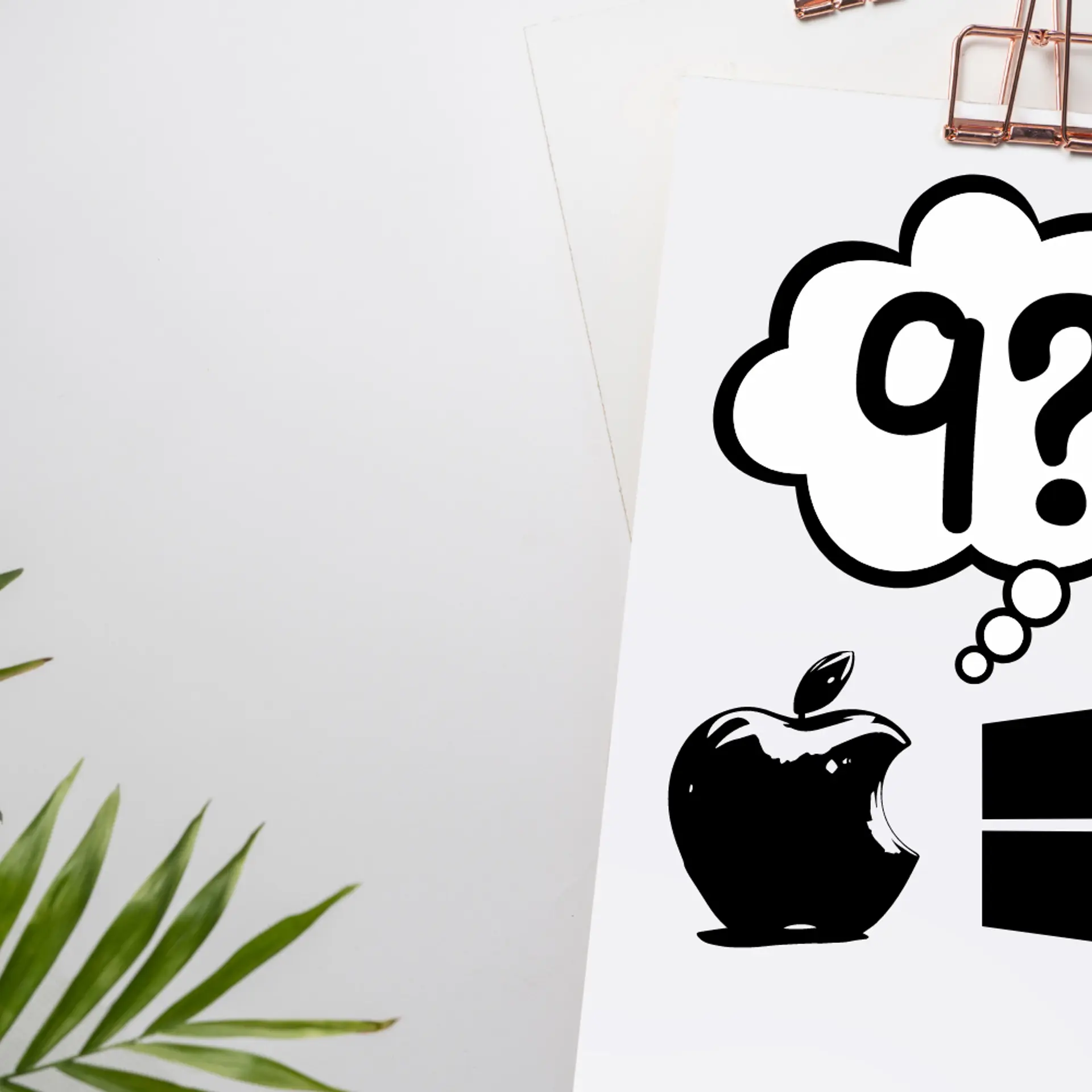
This is a guest column by Amrutash Misra, the co-founder at Life Online which runs The i love read.in’ Library. Before that, he worked at Hindustan Unilever. And before that, he was a student at IIT Madras. For Amrut, the glass is never half empty. It’s always half full.A few months before writing my IIT-JEE, I wrote the first stage entrance exam for the National Institute of Design at Ahmedabad. I really wanted to get in. I loved the idea of designing something. I was completely unaware that this was a very competitive exam with a higher rejection rate than the IITs. Needless to say, I didn’t qualify. But as I sat in that exam hall and read the paper, I had a light-bulb moment. There were questions in the paper that read like this, “What does the colour pink mean to you?” I had never thought about it. But clearly, the other people in the exam hall – they had thought about it and they had an answer. [I cleared JEE thankfully.]
Here are the steps we follow in building a website:
a) Create the brief. Write down the functionalities.
b) Design the UI and the aesthetics.
c) User-test the design concepts.
d) Code.
e) User-test the website.
(There are a lot of iterations involved.)

In most circumstances, we outsource steps (b) and (c) to a design-house. Even before we started, we’d gotten a designer to name our product and work out a logo for us. This does mean that we end up spending more than usual on our websites. However, it also ensures that as developers and business owners, we are less stressed about the aesthetics.Design is one of those things that suffers from a triviality trap. Just like I thought the NID exam would be a piece of cake, and like how everyone things that building a bicycle shed is trivial, most people think that design (especially web-design) – anyone can do that stuff. Most of us, however, appreciate that coding is difficult and needs an expert – coding is a skill that requires effort to learn.
In all organizations, big and small, we tend to compromise on design. Remember Dustin Curtis’ email to AA about how their website can be made much better. AA’s UX designers replied saying that AA has too many bosses! It’s kind of strange if you ask me. Isn’t it finally just a question of division of labour, isn’t it? I quote Plato from the Wiki page for Division of labour – “... A state would need a farmer, a builder, and a weaver, and also, I think, a shoemaker and...” I suppose Plato might say that a web-design team would need a marketing person (to make a brief), a UI designer, a few coders and a few testers.
I’ve made a checklist for web-design teams. If you answer these questions satisfactorily, then you should definitely do your own design. If not, find a designer. Or outsource your design.
Q1. What does pink mean to you?
Q2. What is a triadic colour scheme?
Q3. What is white balancing?
Q4. Why do we use CMYK at all when RGB does a good job?
Q5. Why Golden Ratio?
[Note – These are my wife’s questions. I, of course, can’t answer any of these but might attempt to while talking to an engineer. Or an accountant. My own understanding of design, I’ve come to realize, is the same as this guy’s.]
While we are still on the topic, I urge all web-design teams, the ones who code and the ones who do the aesthetics, to read Steve Krug. His technique of user-testing can be eye-opening. We’ve implemented changes on our sites from such testing.
While we have outsourced design to professionals and it has worked for us, this principal may not be applicable to everyone. For instance, look at irctc.co.in (or the Hyundai Santro) – such an eyesore, yet so useful (and functional). Clearly the functional value propositions for these examples are much stronger than any negativity that may be associated with their visual appeal (or lack of). At the end of the day, any spends on design are justified only if customers are willing to pay for it (indirectly, of course).
What are your views on this post? Write to us at feedback@yourstory.in
Also, to read Amrut’s previous articles on YourStory.in, click here.






